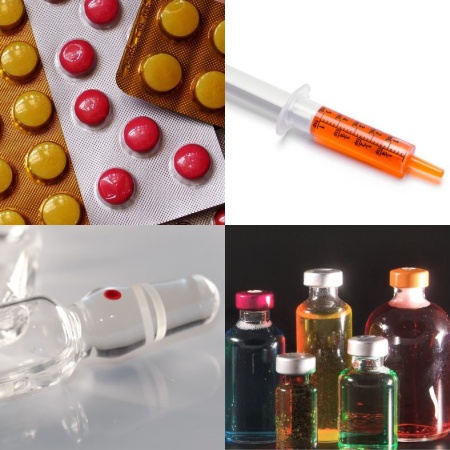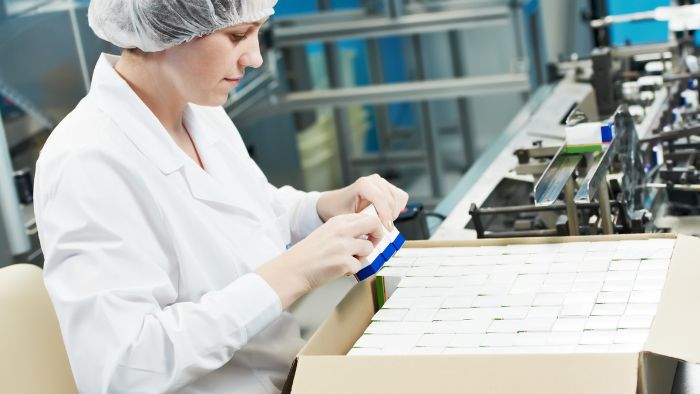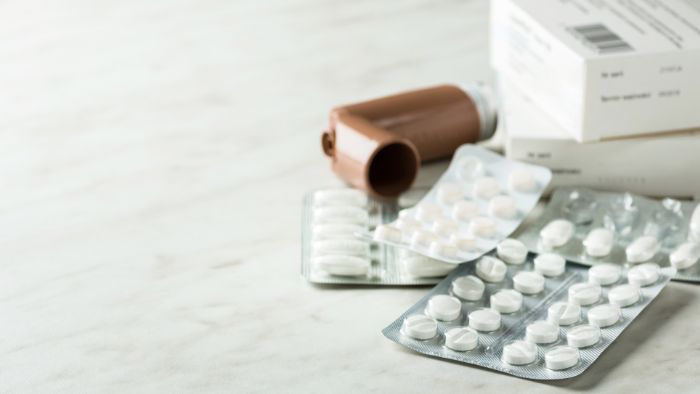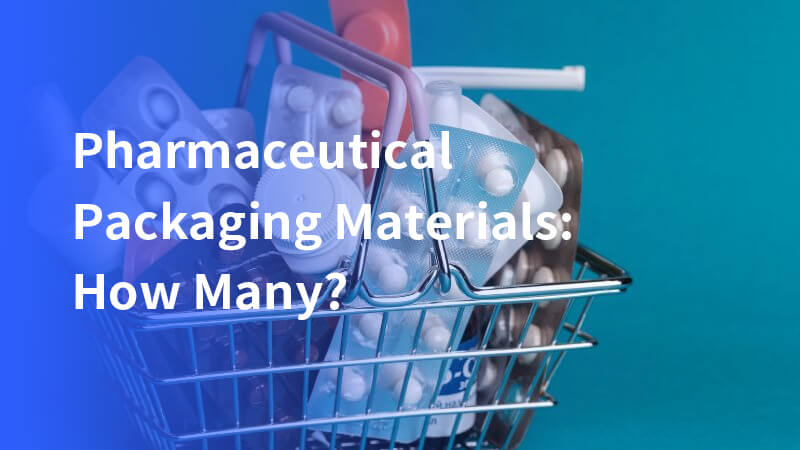Pharmaceutical packaging materials are important because not all medical packaging is created equal. Pharmaceutical packaging materials serve crucial roles in protecting various medical products, including prescription medications, dental items, biopharmaceuticals, and vaccines. Product packaging varies based on specific product needs, especially in the realm of medical devices and pharmaceuticals.
These requirements are diverse and exacting. High-quality packaging is vital to maintain optimal storage conditions during transit, ensuring patient safety.
What packaging materials are optimal for primary pharmaceutical packaging?
In the healthcare sector, various packaging materials serve different purposes in maintaining pharmaceutical integrity during transit and use. Among the most effective options are aluminum foil, plastic and polymer-based packaging, blister packs, and glass containers.
Aluminum foil functions as a superior barrier to blister packaging for tablets, capsules, and aerosol products. It shields against oxygen, moisture, light, and microorganisms, making it highly preferred for pharmaceutical packaging.

Plastic and polymer-based materials encompass pouches, plastic bags, prefilled syringes, and blister packaging for tablets, capsules, powders, and granules. These materials are durable and cost-effective, though they may interact with certain medications. These materials are often used as primary packaging, directly containing and protecting the medication.
Glass containers such as vials, prefilled syringes, and bottles for dry powder and liquid medicines are transparent and facilitate visual inspection. They provide robust protection against contaminants, are easily sterilized, and recyclable. Secondary packaging, such as cartons and boxes, provides an additional layer of protection during transportation and storage.
For more complex medications, a desiccant layer can be incorporated to manage humidity within the packaging. Typically found in sterilization pouches or as a coating, this layer prevents degradation and maintains drug efficacy.
What material properties are crucial in primary pharmaceutical packaging?
When selecting the optimal packaging material for pharmaceutical products, the specific needs of the product heavily influence material choice. Various performance attributes of materials play significant roles in this selection process.
Chemical resistance is paramount to prevent interactions between the drug and the packaging, safeguarding the drug’s stability and efficacy.

Barrier properties are essential as they shield the drug from external factors like oxygen, moisture, and light, crucial for sensitive medications like anti-cancer drugs, CNS drugs, topical treatments, and immune-modulating agents.
Sterilization compatibility ensures that the packaging withstands pharmaceutical sterilization methods, maintaining sterility and preventing microbial contamination.
Durability is vital for safe transport and handling, ensuring the drug reaches the end user intact and effectively.
Transparency is necessary for inspecting drugs visually, detecting any defects or discoloration without opening the package.
Other material selection factors to consider
In modern pharmaceutical packaging design, there is an increasing emphasis on innovative packaging solutions and material sustainability, focusing on the recyclability and renewable aspects of packaging materials.
Opting for sustainable packaging materials helps reduce environmental impact and aligns with the growing eco-consciousness and regulatory requirements within the pharmaceutical industry. These packaging solutions not only reduce environmental impact but also meet regulatory requirements and consumer preferences.

Moreover, innovative and user-friendly packaging designs, such as easy opening and closing mechanisms and convenient portability, enhance patient and consumer usability and satisfaction.
Label your pharmaceutical packaging with a Viallabeller machine
Label your pharmaceutical packaging with a Viallabeller machine. Ensure precision and efficiency in applying labels to pharmaceutical packaging materials, enhancing product identification and compliance. Viallabeller machines are ideal for labeling various containers, including vials, bottles, and ampoules, meeting stringent pharmaceutical industry standards for accuracy and reliability.
References and citations
- A review on pharmaceutical packaging material
- Basant Amarji, Package Development of Pharmaceutical Products: Aspects of Packaging Materials Used for Pharmaceutical Products, Dosage Form Design Parameters, Advances in Pharmaceutical Product Development and Research 2018, Pages 521-552,doi:https://doi.org/10.1016/B978-0-12-814421-3.00015-4







